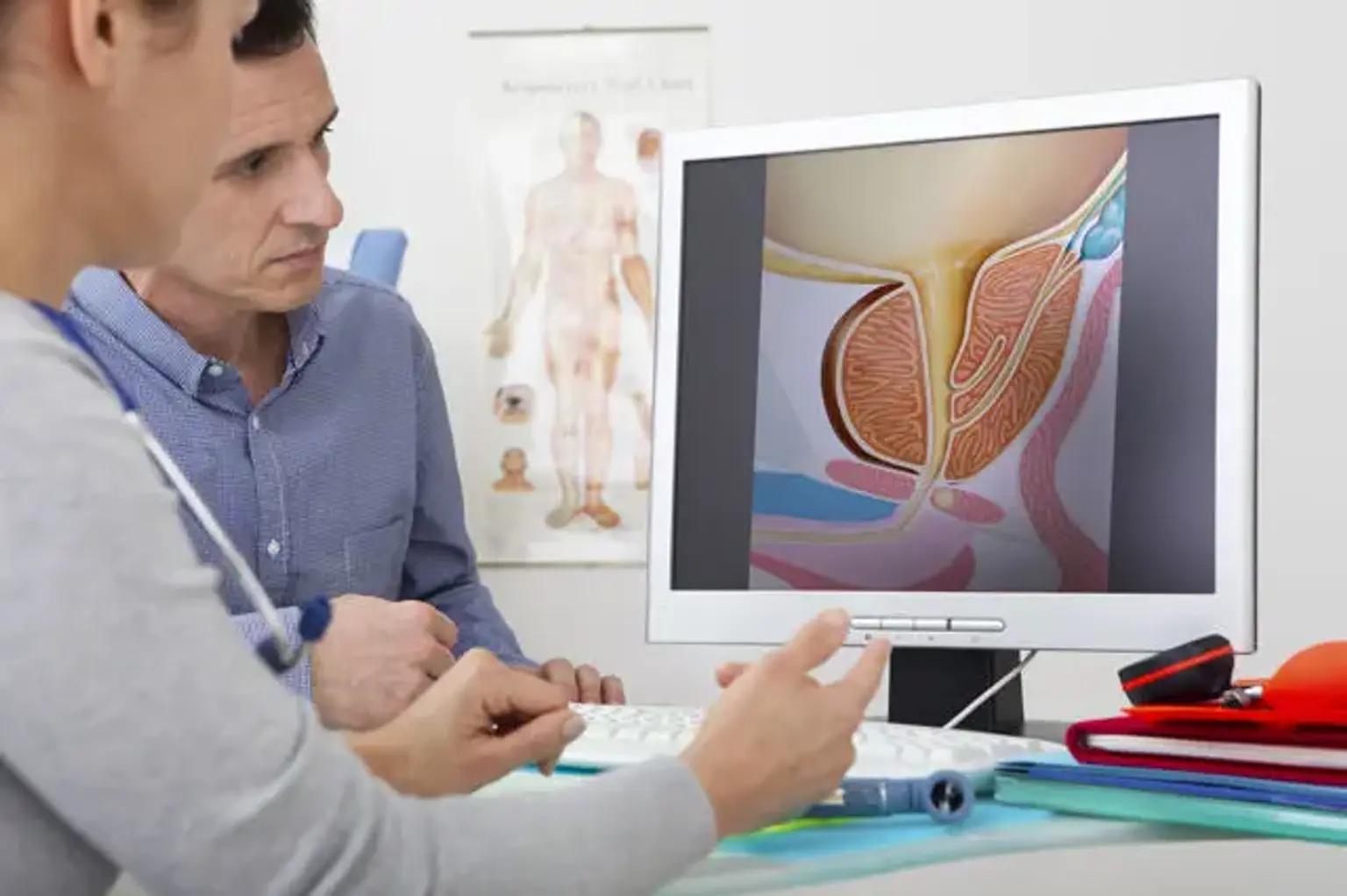Voiding Dysfunction
Dysfunctional voiding (DV), or voiding dysfunction, is a voiding ailment caused by dyssynergic striated sphincter activity in people who don't have any neurological problems. Bladder outlet obstruction causes voiding difficulties as well as storage problems as the bladder changes as a result of the obstruction. It can strike at any age. Urinary incontinence, nighttime enuresis, or recurrent urinary infection are common in young children, but voiding problems are more common in adults. The condition can show in a variety of ways, and the consequences of a DV diagnosis can range from mild to fatal. The impact on one's quality of life can be significant. The florid disease can show as a kind of neurogenic bladder that is nearly indistinguishable from the typical neurogenic bladder, and individuals with this condition may develop bilateral hydronephrosis and end-stage renal failure.
In both pediatric and adult urology, the diagnosis of DV is prevalent. However, there is a notable lack of certainty and agreement in the literature about what the word DV refers to. Protocols for evaluation are highly different and are more influenced by the philosophy of the treatment unit than by patient circumstances.
